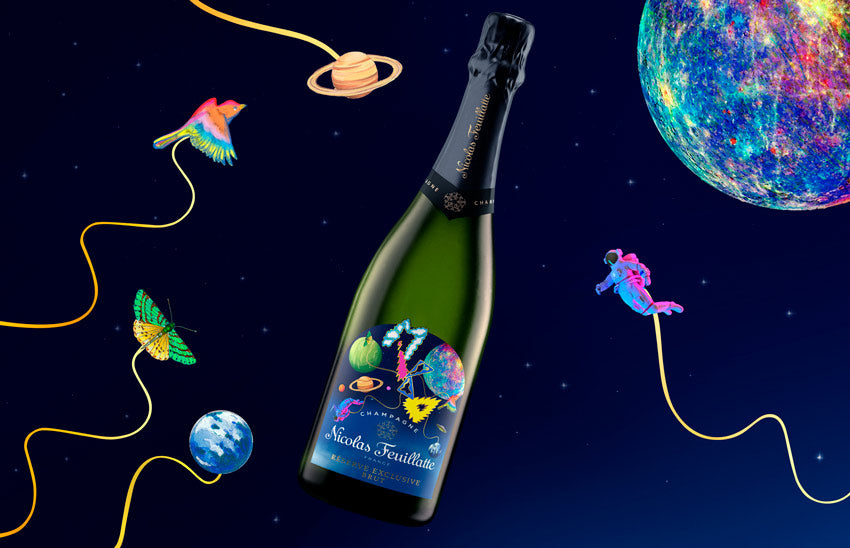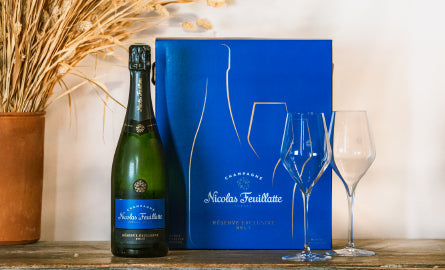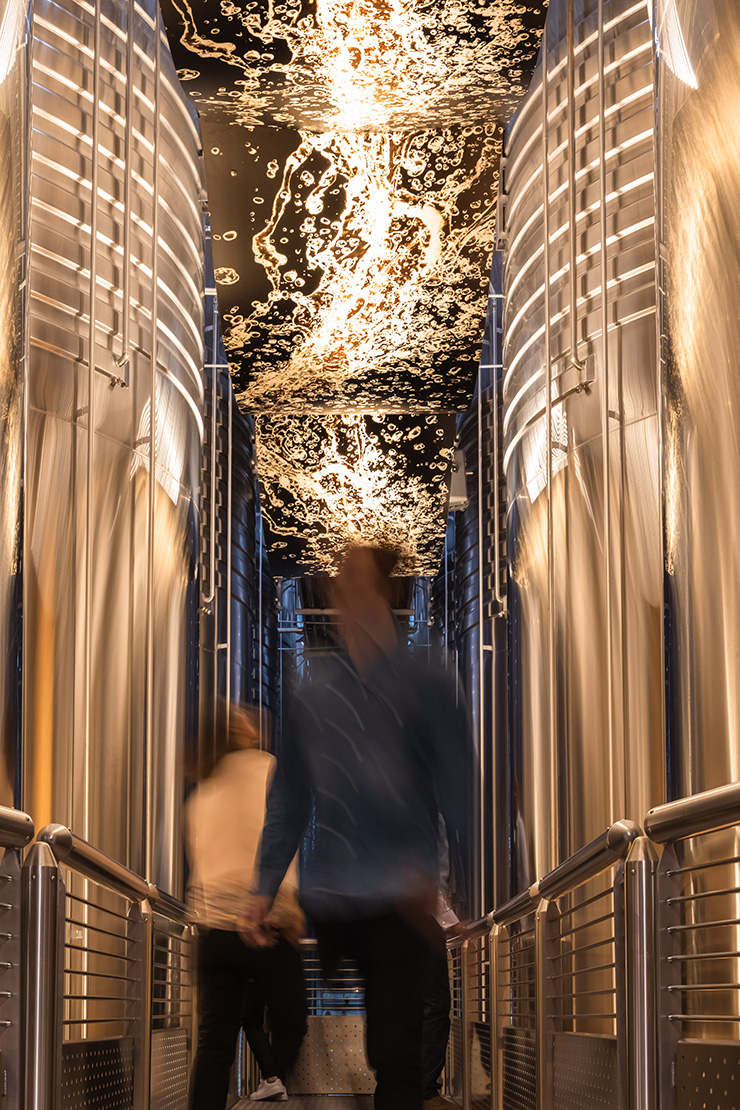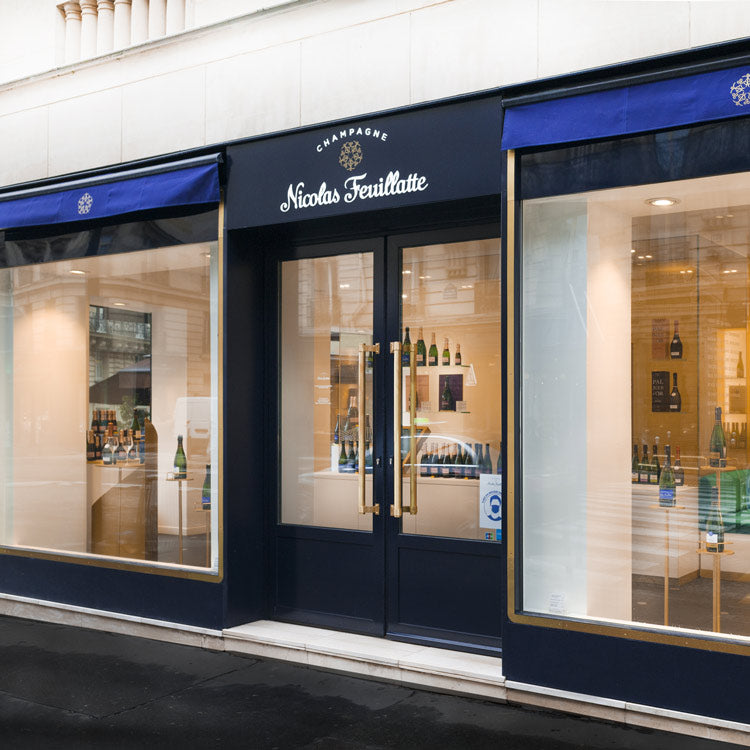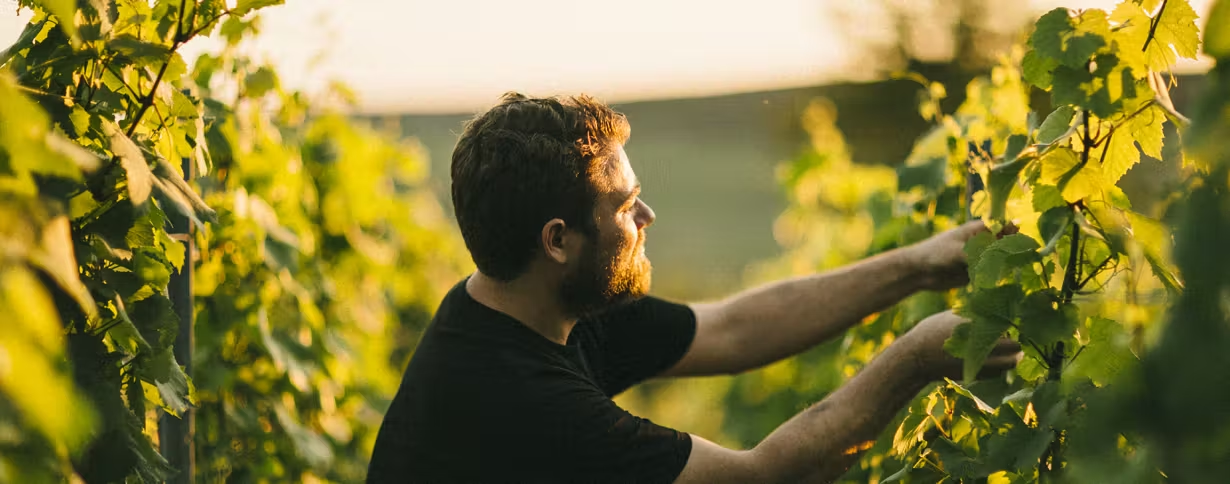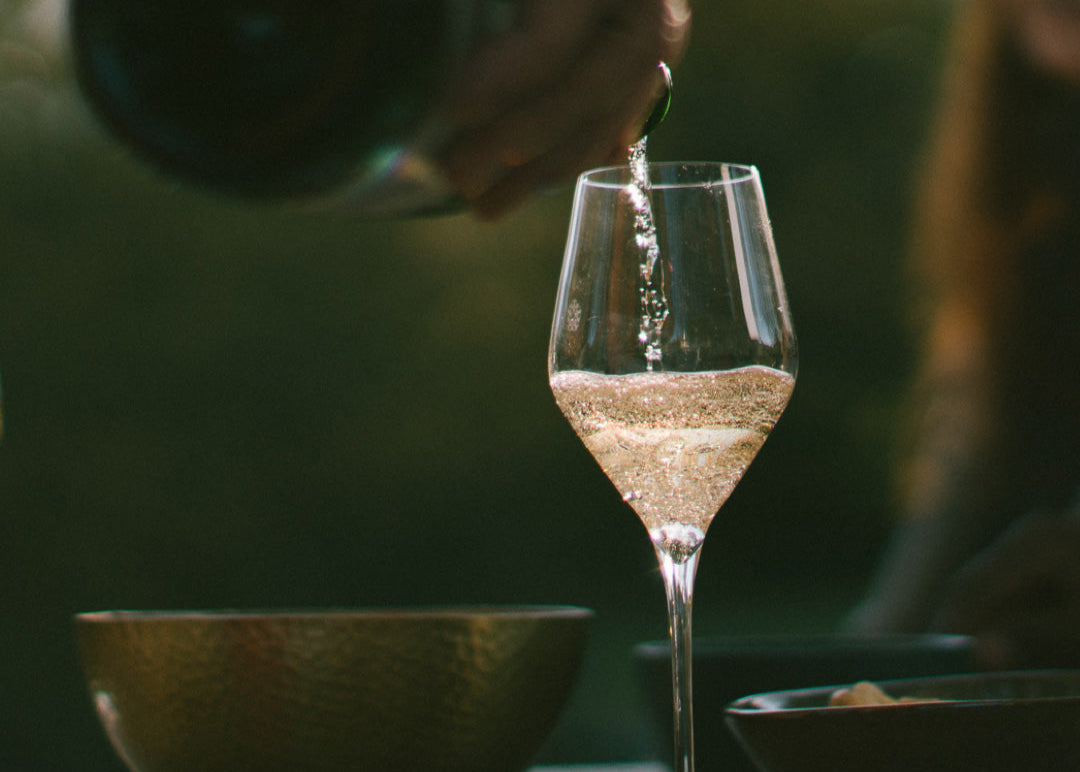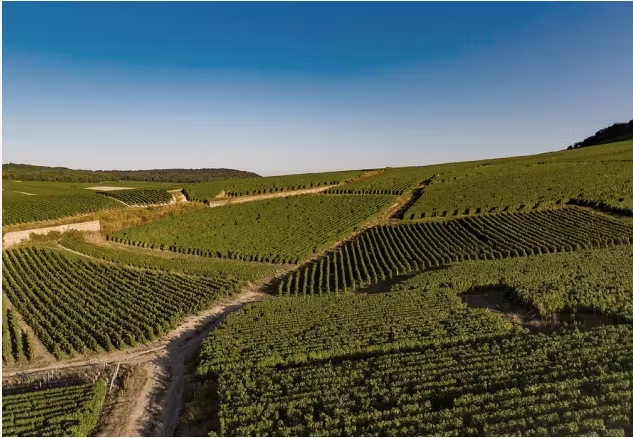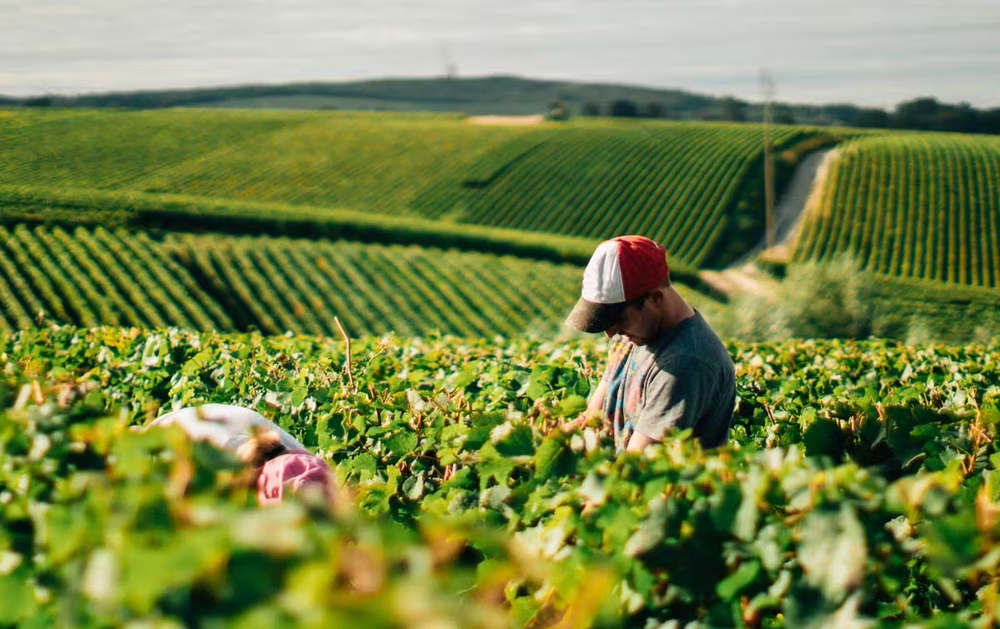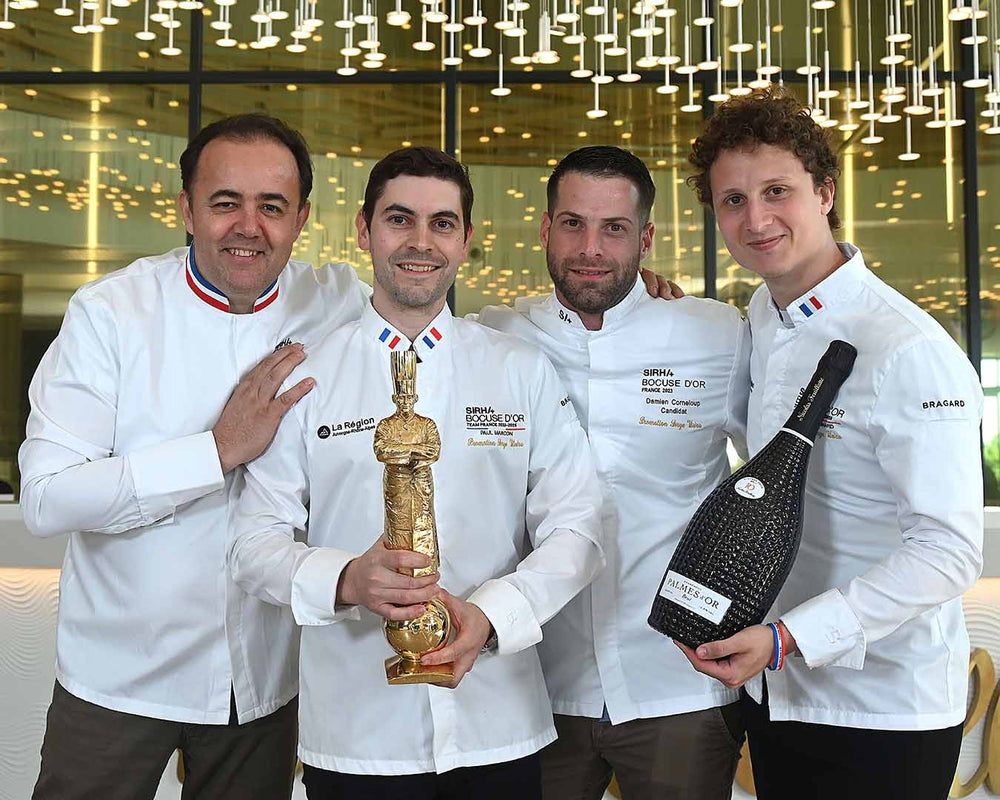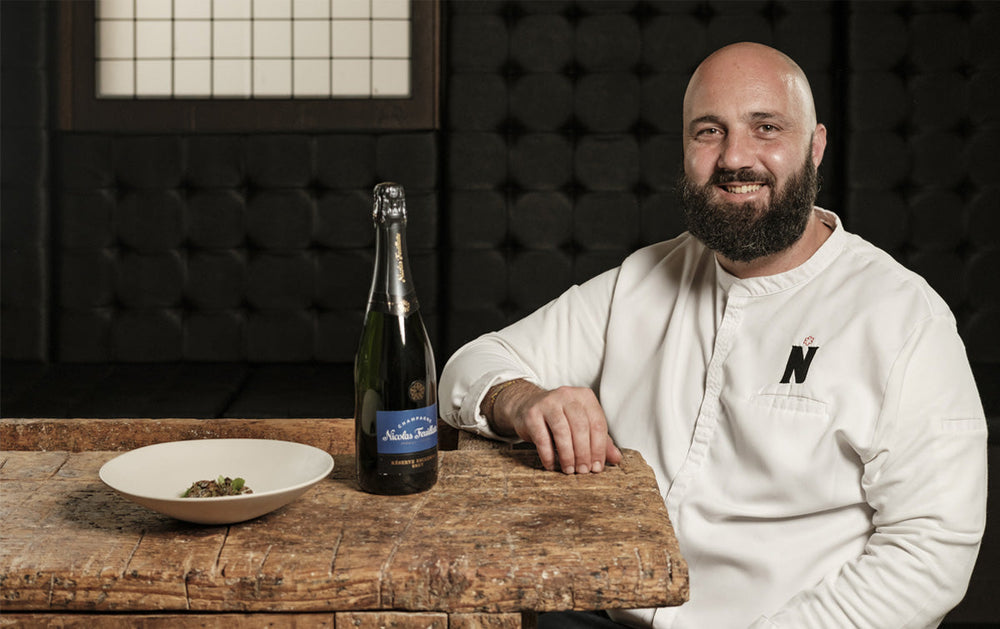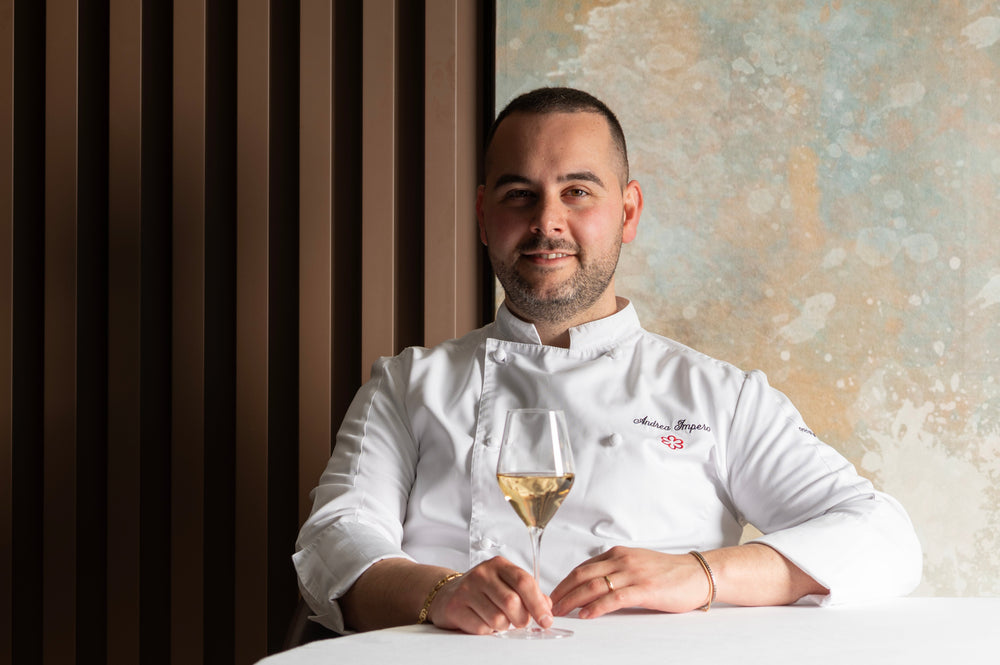Find out everything you need to know about the Champagne AOC, from its purpose and specifications to the challenges it faced in gaining acceptance across continents.
Find out everything you need to know about the Champagne AOC, from its purpose and specifications to the challenges it faced in gaining acceptance across continents. Focus on the vital protection of the Champagne terroir and expertise that guarantees the future of this world-renowned wine.
What is the Appellation d’Origine Contrôlée (AOC)?
The definition of an AOC
Faced with the threat of its prestige being unduly exploited by operators, the Champagne appellation had to protect itself. Since the 19th century, local producers have organized a response to the fraudulent practices of some sparkling wine producers.
To display the word 'Champagne' on its label, a sparkling wine must meet two main conditions. Firstly, the sparkling wine must be produced in this territory (a map delineates the communes that can benefit from the AOC Champagne appellation); secondly, production must follow the traditional method, known as the "méthode champenoise".
The Champagne Committee ensures these two imperatives are strictly applied

What is the purpose of this AOC label?
The AOC label has two benefits. For Champagne producers, it represents a form of protection for their expertise and terroir. For consumers, the Appellation d'Origine Contrôlée Champagne is a guarantee of quality and an assurance of respect for tradition in the way exceptional champagnes are produced: selection of grape varieties, vinification, pressing... each step is codified according to strict standards. A set of specifications to satisfy lovers of fine bubbles has thus been drawn.
What are the differences between AOC, AOP and IGP?
There are various standards attesting to a wine's origin. But what are the differences between an AOC and an AOP (Protected Designation of Origin) champagne? Simply put, while the AOC is a French certification, the AOP has a broader European scope. In fact, to claim the AOP label, a Champagne house must first be AOC-certified.
Another European standard is the Protected Geographical Indication (PGI) designation. It focuses primarily on the wine's geographical origin rather than its production processes. It is easier to obtain, of course, but its exclusively geographical approach makes it less qualitative than the AOC.

Protection of the Champagne appellation
Why protect the name “Champagne”?
Some sparkling wine producers have taken advantage of the appeal of the name by passing off their production as genuine Champagne. The situation is particularly complex abroad, in areas where commercial practices are less regulated by legislation.
Protecting the name "Champagne" also means working to preserve its unique taste and safeguarding its vainglorious reputation, acquired over the centuries. Sparkling wines are produced all over the world, but of course, they are not all equal!
The specifications to be respected
The regulations are set out in demanding specifications. Evvery stage of champagne production is regulated; from vineyard areas and grape varieties used to yield per hectare... All phases of production are clearly defined, with strict requirements that must be adhered to. Pressing, alcoholic fermentation, blending: everything is codified, from the method of production to the authorized quantities.
The Champagne terroir: unique expertise
Among the particularities of Champagne wines, blending is particularly notable. This delicate art is what gives Champagne its unique taste. This process must ensure consistency across all vintages. However, achieving the perfect blend of Champagne grape varieties is no easy feat! The same goes for pressing. Not everyone can be a genius of effervescence; it requires hard work and experience.

The defense of the appellation in the world
Gaining international recognition for the distinctiveness and uniqueness of the Champagne terroir is a major challenge. As a world-famous brand, it is easy to forget that the term 'champagne' refers to a historic (and protected) appellation, rather than being royalty-free. While a discerning palate can easily spot the difference, there's a risk of misleading newcomers on a large scale.
Limiting the fraudulent use of the Champagne name is a commercial objective and a matter of image. This battle began more than a decade ago and is still ongoing. While the request has already been approved in more than 121 countries, some markets are resisting, including major ones such as the United States, Russia, and China. These include the United States, Russia and China, where many producers benefit from the prestige of an appellation that is being exploited illegitimately.

